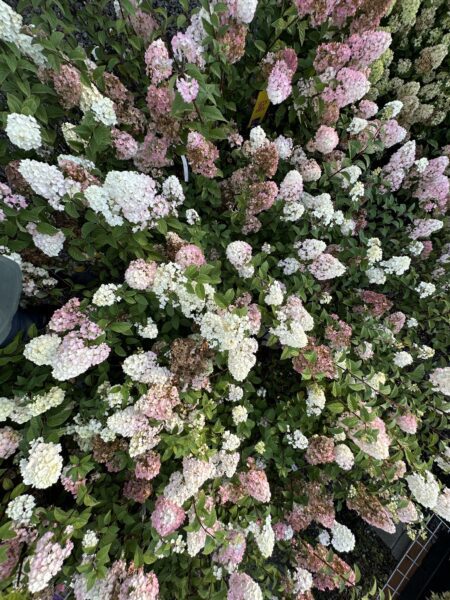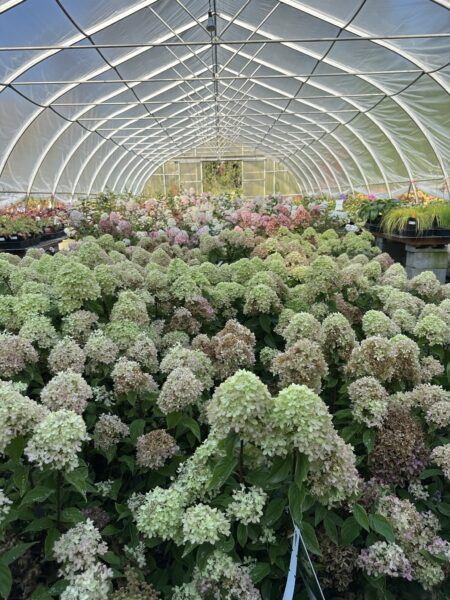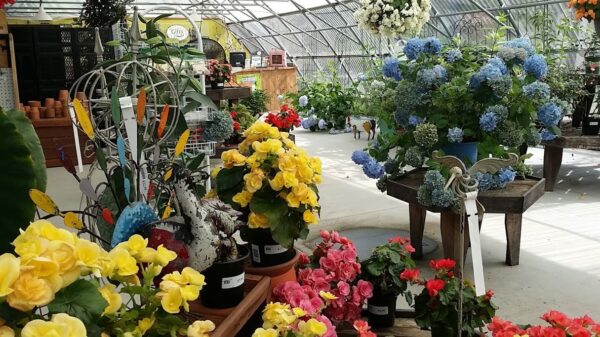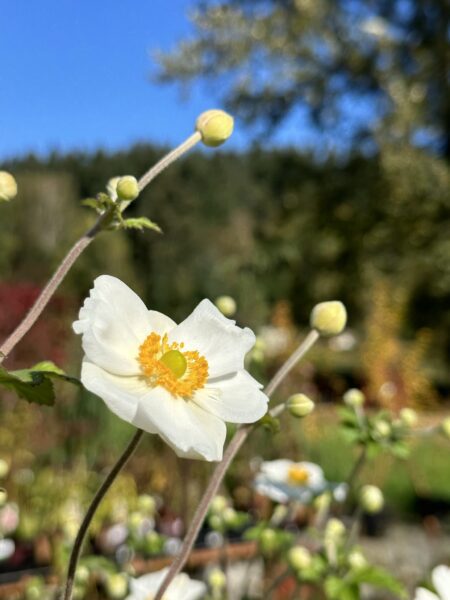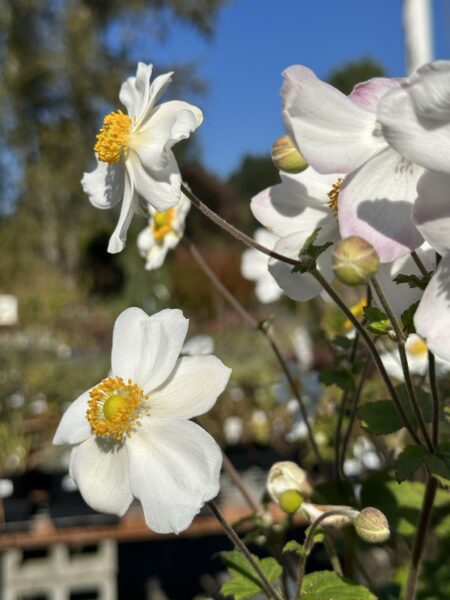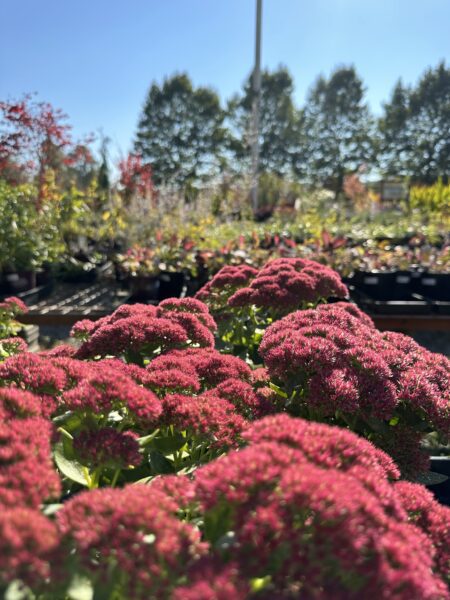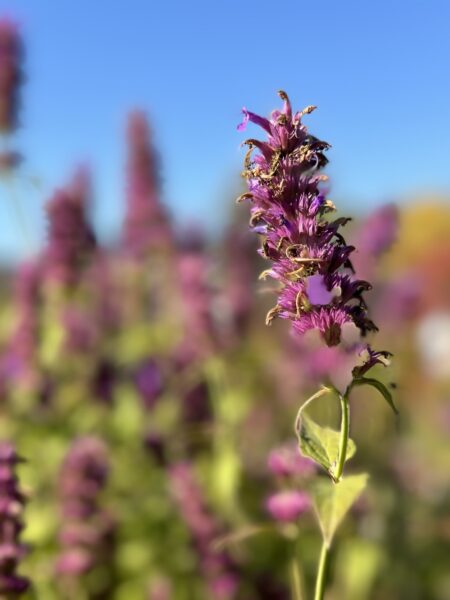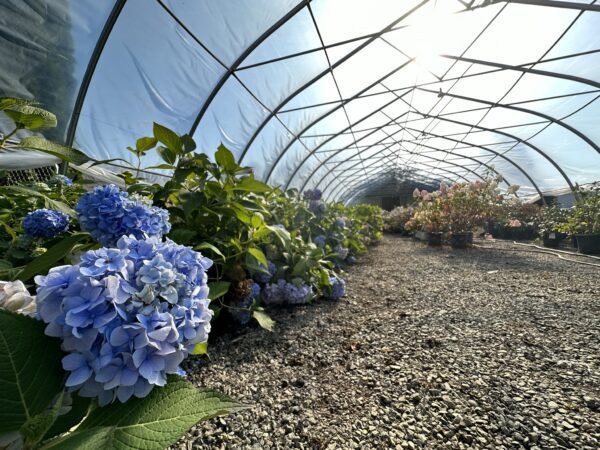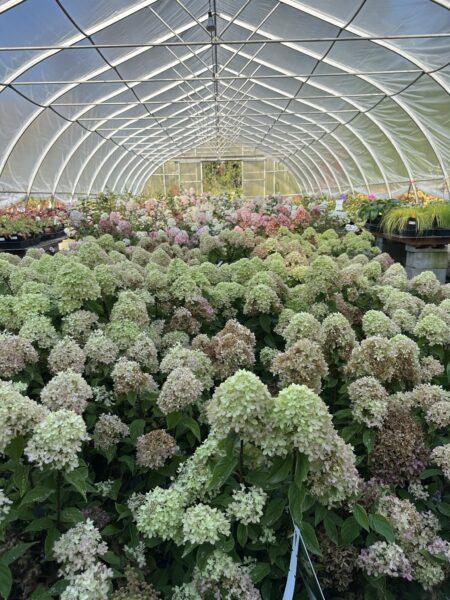Benefits of a Plant Palette That Blooms on Every Season
When you envision your ideal garden, what do you see? If your mind’s eye conjures a vibrant tapestry of blooms year-round, you’re not alone. A garden that evolves with the seasons can be an oasis of change and color, a sanctuary for you and a buffet for local wildlife. This comprehensive guide explores the myriad benefits of curating a plant palette that bursts into bloom regardless of the season and offers invaluable insights for those looking to sustain garden continuity across spring, summer, fall, and even winter.
A Masterpiece of Year-Round Visual Appeal
The visual allure of a garden that’s never ‘off-season’ is undeniable. Each plant, with its unique bloom cycle, lends its own color and shape to the kaleidoscope. This is more than mere aesthetics; it’s an exercise in chronicling time. From the delicate pinks of spring’s cherry blossoms to the fiery reds of autumn’s maples, the perennial promise of new life and change is a celebration the year through. Here, the focus is not just fine flora, but the visual connections inherent in seasonal symmetry.
Low Maintenance, High Impact
A year-round blooming garden can be surprisingly less labor-intensive than one with only seasonal interest. By carefully planning plant selection, you establish a self-renewing cycle that necessitates little intervention. Strategic placement and gardening techniques reduce the need for excessive watering or chemical additives, resulting in a more sustainable and ecologically sound garden. The secret lies in picking hardy, native species well-suited to your region’s climate.
Wildlife Wonderland
A garden in full bloom throughout the year is more than a sight for human eyes; it’s a full-service diner for local wildlife. From the fluttering butterflies and hummingbirds drawn to summer’s nectar-rich flowers, to the songbirds that appreciate winter’s seed heads, your garden becomes a living ecosystem. In creating such a space, you contribute not only to the natural beauty of your locale but also to the health and diversity of its indigenous species.
Benefits Beyond the Garden Gates
The advantages of a blooming garden extend beyond your property line. Plants in bloom contribute to the health of the environment by supporting pollinators and various life cycles of insects, which are in turn vital to the balance of local ecosystems. The release of natural scents from flowers can also contribute to air purity, while absorbing greenhouse gases.
Crafting a Palette of Perpetual Blossom
To truly have your garden brimming with color year-round, a thoughtful orchestration of blooming periods needs to be cultivated. It begins with selecting a mix of spring, summer, fall, and winter-flowering plants that complement each other in color, height, and blooming times. By doing so, you ensure a perennial pageant without gaps.
Spring Sprout and Summer Splendor
Spring bulbs like daffodils and tulips lead the charge, followed by the bold blooms of summer’s lilies and coneflowers. They offer the garden’s highest note and widest range of colors. Fall perennials, such as asters and goldenrods, provide a bridge to the cooler months, valiantly holding the line against winter’s encroach—while adding a symphonic variety of purples, blues, and golds.
Winter’s Soft Palette
Winter gardening might evoke images of stark landscapes, but there’s a subdued beauty in frost-covered gardens and dormant fields. Selecting winter-blooming plants like hellebores and snowdrops can bring life to those cold months, proving that every color has its season.
Designing for Diversity and Harmony
A garden designed for year-round bloom demands an understanding of balance—balance between colors, balance between plants, and balance of the space itself. Layering plants by height creates depth, with taller specimens in the rear, leading to smaller flowers in the front. This mimics nature’s design and provides a more appealing perspective. Textures play just as significant a role, with bold and fine leaves interspersed, adding dimension and richness.
Cultivating the Ideal Conditions for Flourishing
A successful year-round garden is not merely about flowering periods; it’s as much about the environment as the plants within it. Soil quality, pH levels, and light exposure all influence the health of your garden. Know your soil and what can thrive in it. Understand your garden’s light patterns, as they can shift through the year. Creating micro-habitats within your garden ensures that every plant has a place to shine.
The Art of Gardening Throughout the Seasons
Sustaining a garden comes with the responsibility of care and maintenance. Each season requires its own set of tasks to keep the garden flourishing. From proper pruning to timely watering, these seasonal garden chores are as much a part of the garden’s story as the plants themselves.
Spring Renewal and Summer Vigilance
Spring calls for rejuvenation—dividing perennials, planting new seeds, and preparing for the growing season. Summer is a time of growth and abundance, but it’s also when the garden’s needs peak. Consistent care is essential to keep plants healthy and blooming.
Fall Into Preparation
Fall is a season of transition. It’s the right time for planting, mulching, and preparing for winter. Clearing away debris and maintaining a tidy garden not only keeps your space presentable but also reduces disease potential.
Winter Watering and Watchfulness
Winter might be the quietest season in the garden, but it’s no less important. Especially for newly established plants, watering during dry winter spells can be critical. Watch for signs of pests or diseases, and prune when necessary to keep the garden in trim for the spring awakening.
Conclusion
A garden that blooms throughout the year is more than a fanciful endeavor; it’s a way to stay connected to the natural world’s cycle even within the confines of urban or suburban living. The colors and scents of a year-round garden work to nourish the soul, the banquet it lays for local wildlife serves a fundamental ecological purpose. By following this guide, you can transform your garden into a sanctuary that not only brings you joy but also contributes positively to the environment.

